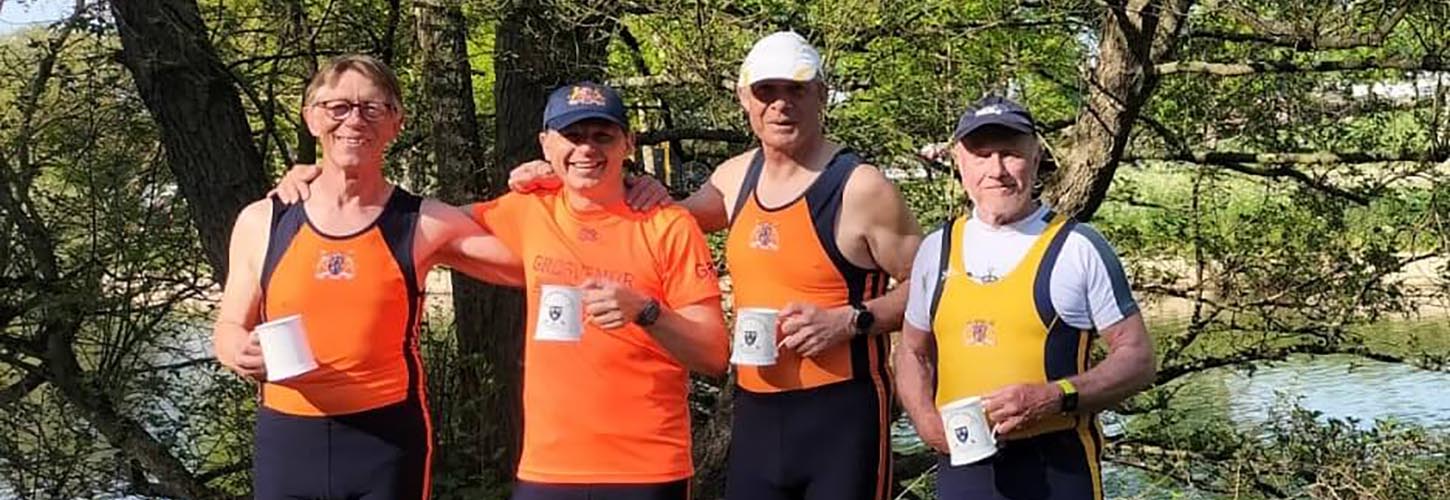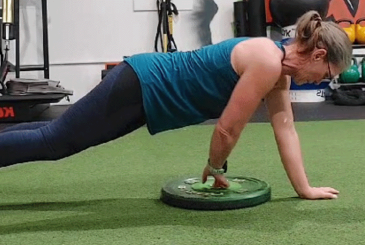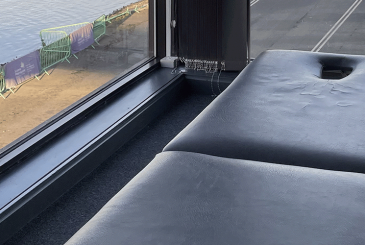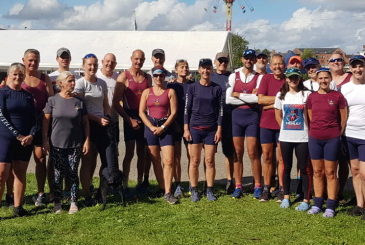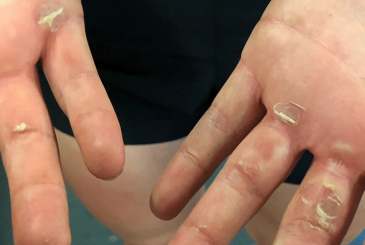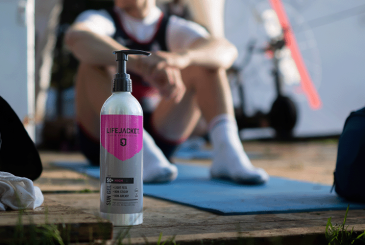Patricia Carswell finds out about the main causes of injuries among masters rowers, how to avoid them, and the strategies two rowers use to stay on the water
Why do masters rowers get injured?
Injuries are the curse of the masters rower. How often do you find a crew missing one or two members because they’ve put their back out or have a twinge in their knee?
To some extent it’s a fact of life. According to Matt Stallard, retired orthopaedic surgeon, lifelong rower and the rowing team doctor at the 1984 and 1988 Olympic Games, “We are more prone to injury as we get old because the quality of tissue declines.”
A lot of injuries relate to the volume of training. A review of the literature on the biomechanics of the rowing stroke and rowing-related injury patterns found that rowing injuries were primarily overuse-related – the incidence of injury was directly related to the volume of training and technique. The knee, lumbar spine, and ribs were the most commonly affected.
This can be good news so long as we don’t overdo the training. “Most masters rowers are not training enough to hurt themselves,” says Stallard, at least if they are rowing with correct technique.
He notes that this is very different from how things were in the past, when rowers were taught to row with a rounded back and core stability “hadn’t been invented”.
If your technique is wrong you will be predisposed to injury
Dr Jeremy Perkins, GP and Masters Rower
“If you started rowing young and are over 40 now,” he says, “the chances are you will have a bad back.” Back in the 1970s, boats were constructed so that rowers slid closer to the heel than they do now, which led to knee problems as well.
Yet here’s the rub. Even masters rowers who have learned to row more recently are susceptible to injury, as a poor technique can give rise to problems. And let’s be honest, the later you started rowing, the more you’re likely to have flaws in your technique.
According to Dr Jeremy Perkins, a GP who rows at Grosvenor RC, although rowing can strengthen your back, if your technique is wrong you will be predisposed to injury. He observes more injuries among sweep rowers than in scullers. Some masters rowers at his club, he says, “rarely do sweep to protect their backs.”
Strategies for avoiding rowing injuries
Stretching
Both Stallard and Perkins agree that one of the most important things you can do to avoid injury is be diligent about stretching before and after you row. “We used to joke that stretching was lifting the boat off the rack,” says Stallard, “but that’s not good enough.”
“If there’s one thing we should prioritise,” adds Perkins, “it’s being strict about warm-ups at the beginning of an outing and stretching after our workouts.”
Take that rest day
Rest and recovery are also essential to avoid injury – especially, says Stallard, if you are doing long-distance endurance training.
“It’s something we are really bad at,” says Perkins. “Many rowers are still of the incorrect mindset that the more training we do the better, but research has shown that rest is really important. We should try to factor in at least one rest day a week.”
Don’t resist resistance
Resistance training is another important factor in injury prevention, according to Perkins. “We lose muscle mass quite quickly,” he says. Research shows that strength training can help to preserve both muscle and bone mass. This is especially good news for women rowers in perimenopause and menopause.
If you’ve never done strength training before you may find the idea daunting and be afraid that you will injure yourself if you try it. In fact, provided you do it sensibly, the opposite is the case.
There is one caveat to this. Perkins warns against letting your competitive mindset get the better of you – a common problem amongst rowers. “We should work within what we can lift and do it in a very controlled way.”
Physical therapies
In an “ideal scenario” we would all have the time and budget to add physio or sports massage into our regime, says Perkins. “It’s what professional athletes do to avoid injury.” If time and financial pressures rule this out, Perkins recommends yoga and core work as well as stretching. There are, he notes, excellent free yoga resources on YouTube.
Sleep
Finally, a good night’s sleep can make a huge difference to injury rates. A 2019 study published in the Journal of Science and Medicine in Sport examining 95 people involved in endurance sports (including rowing) found an association between sleeping fewer than seven hours per night and new injuries.
Meet the masters
Kathryn Bolton is 43 and rows at Tyne United RC. From the age of 12 she has suffered with back problems and for years this restricted what she was able to do. “For most of my 20s I lived in fear of hurting my back,” she says.
Then, when she was about 30, she decided that enough was enough. “I thought, ‘I can’t keep going on like this for the rest of my life’.” She started doing Pilates, which began to make a difference, and then discovered rowing. “Rowing,” she says, “has done me more favours than any other sport.”
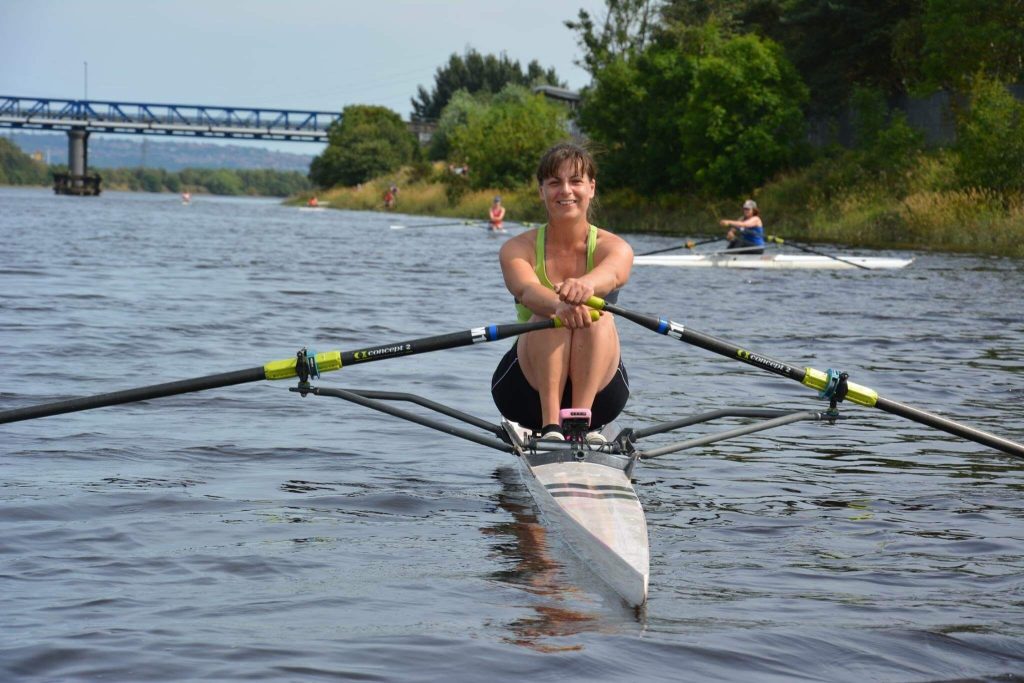
Because of her history of back problems, Kathryn is more focused than most rowers on correct posture. She’s particularly careful when carrying the boat and lifting it above heads which, she notes, is where many problems occur.
Her number one piece of advice to rowers with back and knee problems is to get them seen by a physiotherapist. “Keep going until you find the right person to help you. These things don’t fix themselves.”
She also recommends Pilates and yoga. “Whatever you do,” she says, don’t stop doing something. Inactivity is your biggest enemy.”
Mike Edge, 62, started rowing at Cambridge in 1979. Since 1994 he has rowed competitively at Wallingford RC, racking up wins at the Head of the Charles and Henley Masters.
“It shocked me,” he admits, “discovering I wasn’t invincible.”
Having largely avoided any injuries during his rowing career, Mike hurt his back badly for the first time in 2016 while single sculling. An MRI showed he had three bulging discs “through 40 years of non-stop rowing”.
It was a wake-up call for someone who, by his own admission, was “famous for not stretching”.
“It shocked me,” he admits, “discovering I wasn’t invincible.”
Since then Mike has started doing weight training once a week, though he avoids anything too heavy.
When it comes to the erg, he swears by the RP3. “It feels easier on your back and I massively prefer it over anything else.” The WaterRower comes a close second, and he’ll only use a Concept2 if it’s on sliders. He has also changed his erg style. “I have learned to be more patient around the catch, to put less into the catch and build through the stroke,” he says.
| What do YOU want to read about on British Rowing Plus? |
|---|
| What do you find interesting here on British Rowing Plus that you’d like more of? What haven’t we covered yet that you’d like to read about? Let us know by emailing [email protected] |


